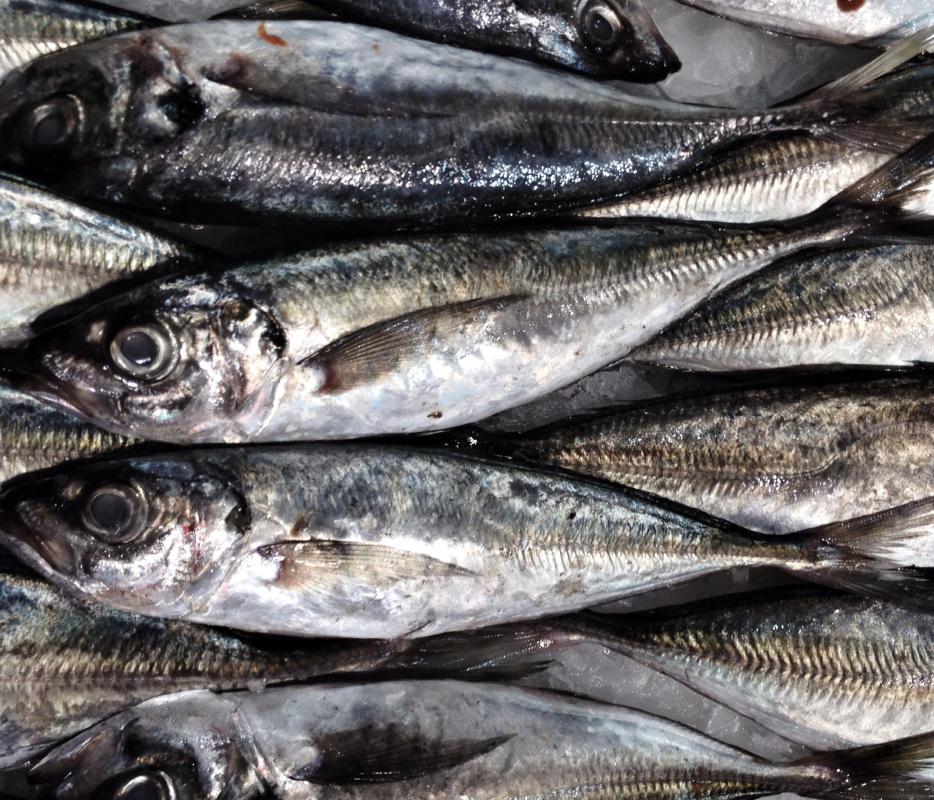At WiseGEEK, we're committed to delivering accurate, trustworthy information. Our expert-authored content is rigorously fact-checked and sourced from credible authorities. Discover how we uphold the highest standards in providing you with reliable knowledge.
What is DHA Infant Formula?
Docosahexaenoic acid (DHA) is a long chain polyunsaturated fatty acid that is used in conjunction with arachidonic acid (ARA) in order to supply the body with structural fats. In turn, these structural fats provide support to the brain and eyes, and this works to strengthen vision and improve brain function. Breastfed infants can receive DHA in breast milk. For formula-fed infants, there is DHA infant formula, a breast milk substitute with DHA added during the manufacturing process.
DHA and ARA supplementation in DHA infant formula is designed to mimic the composition of human breast milk. These omega-3 and omega-6 acids are the most prevalent long chain fatty acids found in breast milk, and they are crucial for optimal infant nutrition. DHA and ARA accumulate in the brain and eyes of breastfed infants, providing the baby with significant advantages in intelligence quotient (IQ), behavior and visual development. DHA infant formula seeks to provide formula-fed infants with developmental advantages similar to those found in their breastfed counterparts.

Organ meats and fatty fish are the primary food sources for DHA, but the omega-3 fatty acid supplied in DHA infant formula is extracted from algae grown in fermentation tanks. Manufacturers of synthetic DHA use the neurotoxic chemical hexane to extract the DHA from the fermented algae. Although the hexane is assumed to evaporate during the manufacturing process, there is concern that residues might remain in the fatty acids used for supplementation. In 2010, the United States Department of Agriculture called for the removal of synthetic DHA and ARA from organic baby formula.

Infants are not the only age group to benefit from DHA and other fatty acids in the diet. DHA plays an important role in the maintenance of brain and eye health through all stages of life. Adult DHA supplementation is available in fish oil capsules or through the addition of DHA-rich foods in the diet.
DHA is plentiful in cold water fatty fish such as tuna, salmon, sardines and herring. It also is important for pregnant women to consume. In the third trimester, the fetal brain undergoes a growth spurt. During this period of growth, a large amount of DHA and ARA are pulled from maternal resources and accumulate in the fetus.

DHA infant formula is readily available from all major manufacturers of baby formula. For breast milk substitutes that do not include the addition of synthetic DHA and ARA, parents can purchase an infant fish oil supplement. In addition, consumers who are concerned over the hexane-extraction process can purchase hexane-free, water-processed DHA derived from egg yolk.
AS FEATURED ON:
AS FEATURED ON:














Discuss this Article
Post your comments